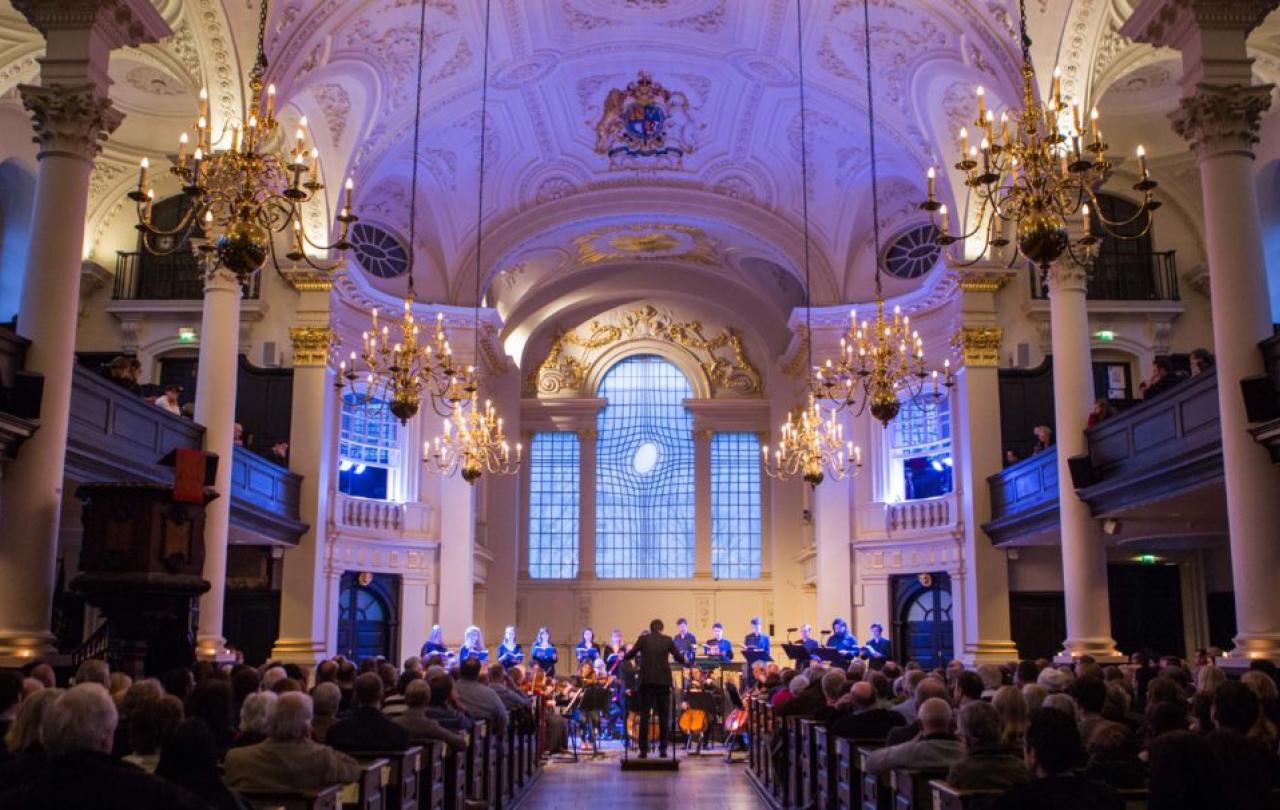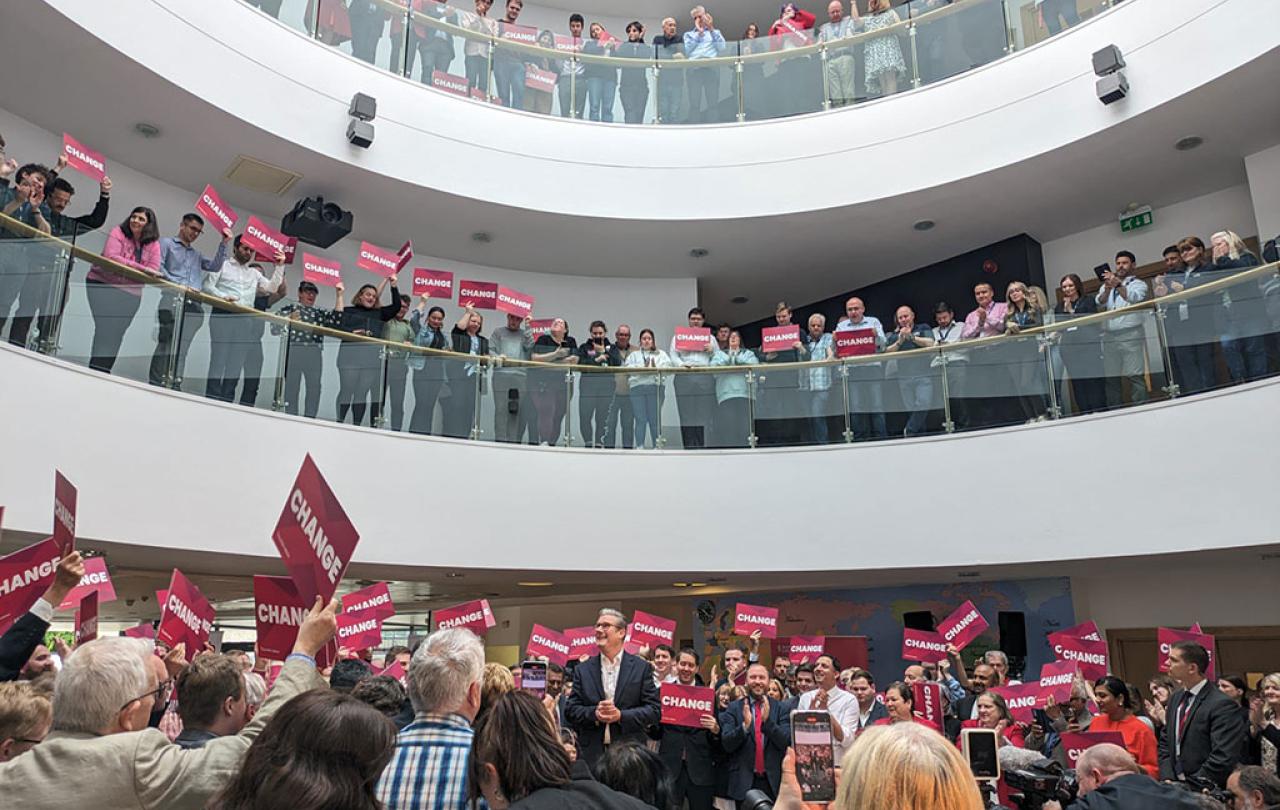
Arguing for the significance and role of the arts and culture during an election in an era where a cost-of-living crisis has followed austerity and a pandemic, may seem to be a hard task. The Arts being thought of often as frivolous and unimportant in comparison with the basics of survival. Yet it is essentially a task that the current government has attempted, as in June 2023, a ‘Creative industries sector vision’ was published which included a commitment to an additional £77 million in funding.
At that time, the government estimated that creative industries generated £126bn in gross value added to the economy and employed 2.4 million people in 2022. A range of research has also been examining the way in which creative industries and the arts can positively impact wellbeing, for example through public health interventions.
The foreword to ‘Creative industries sector vision’ stated:
“Our creative industries are world-leading, an engine of our economic growth and at the heart of our increasingly digital world. From 2010 to 2019 they grew more than one and a half times faster than the wider economy and in 2021 they generated £108bn in economic value. In 2021, they employed 2.3 million people, a 49% increase since 2011. Their impact reaches beyond their borders to other sectors, with advertising, marketing and creative digital innovation supporting sectors across our economy.
The importance of the creative industries also goes well beyond the economy. They provide the news that informs our democracy, the designs that shape our cities and the content and performances that enrich our lives and strengthen our global image. The sector has proved that it is an essential positive force for society, bringing joy, inspiration and opportunity to our lives. The creative industries form the national conversation through which we define our shared values.”
The arts and culture help tackle social injustice as theatres, museums, galleries and libraries are the beating heart of our towns and cities bringing communities together and making life worth living.
This positive view of the creative industries was echoed in a report ‘The arts in the UK: Seeing the big picture’ published in November 2023 by management consulting firm McKinsey. The report described the UK as a “cultural powerhouse” with a globally recognised arts sector and 91 per cent of UK adults engaging with the arts in the previous 12 months.
The Arts Council estimates that art and culture contribute £10.6 billion to the UK economy as the UK has a creative economy worth £27bn and culture brings £850m to UK, through tourism, each year. They also contend that the arts and culture help tackle social injustice as theatres, museums, galleries and libraries are the beating heart of our towns and cities bringing communities together and making life worth living. In addition, our creative industries are successful throughout the world - our leading cultural institutions are a calling card worldwide and have important trading links from the US or Germany to China and South Korea. Last year our National Portfolio Organisations earned £57m abroad.
Churches feature within these arguments because they often host or organise cultural events, exhibitions, installations and performances which contribute towards the economic, social, wellbeing and tourism impacts achieved by the arts and culture. The Arts are actually central to church life because, as well as being places to enjoy cultural programmes such as concerts and exhibitions and also being places to see art and architecture, many of the activities of churches take place within beautiful buildings while services combine drama, literature, music, poetry and visuals.
The artist Makoto Fujimura has suggested the creation of cultural estuaries in churches, schools and informal associations as a strategy for enhancing culture. Estuaries are where salt-water mixes with fresh in a confluence of river and tidal waters. They are environments not of protection but of preparation as critical nursery areas for fish that come downstream after hatching.
This suggestion has been taken up by Sam Wells, Vicar of St Martin-in-the-Fields, who advocates for churches to minister in and through the 4Cs; commerce, culture, compassion and congregation. He writes in ‘A Future that’s Bigger than the Past’ that:
“… the image of an estuary is helpful for a church regarding itself as a meeting place of human and divine, gospel and culture, timeless truth and embodied experience, word and world.
Churches work hard to make themselves inspiring locations where people are drawn into a sense of the presence of God; but they can work equally hard to make themselves hospitable locations where people of varied backgrounds may gather in a spirit or mutual appreciation, generous regard and constructive challenge. The two purposes of church need not be mutually exclusive.”
The arts, he suggests, provide a perfect example of how such an estuary space may flourish with participatory, aspirational and commercial activities all taking place in the same space. In a short time, he suggests, “a secluded, secretive space may be opened out to become a centre of community activity, energy, and creativity.” All that’s needed “is for a church to let go of the need for direct outcomes and linear trajectories and to let the Holy Spirit govern the interactions and catalyse its own surprises.”
The Bible adds to this missional assessment of the importance of the arts. At the point we are told of human beings as having been made in the image of God the one thing we know for certain of God is his creativity, making our own creativity central to our understanding of how we live in his image. Later, the very first people to be spoken of in terms of being filled with the Spirit of God are the artists and craftspeople who make the Tent of Meeting for the people of Israel as they journey through the wilderness. The Bible, itself, is a library of various genres of literature with many of its texts having been preserved through oral performance, whether spoken or sung.
Given these theological, missional, social and economic reasons for seeing the arts and culture as central to personal wellbeing and to national life, in this election period it surely makes sense to check the commitment of politicians in all parties to maintaining and developing the cultural industries and the vital place that the arts and culture have in the life of our nation.

